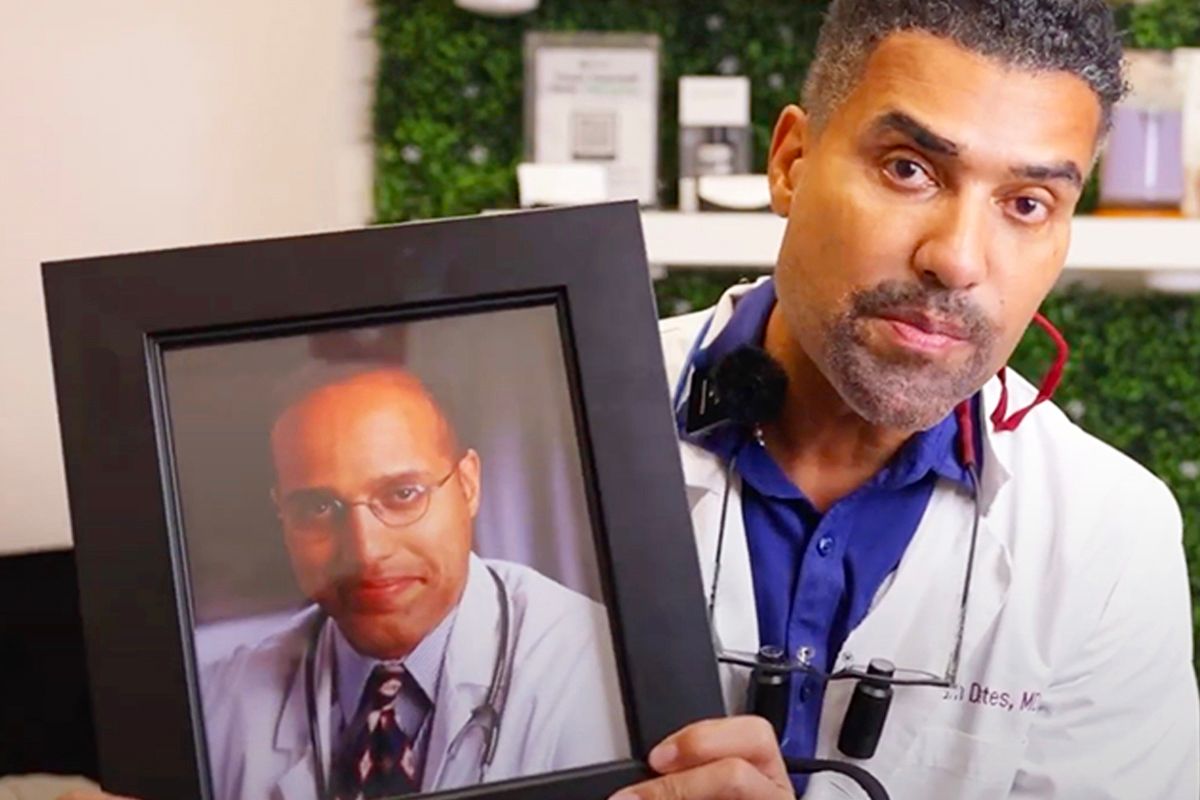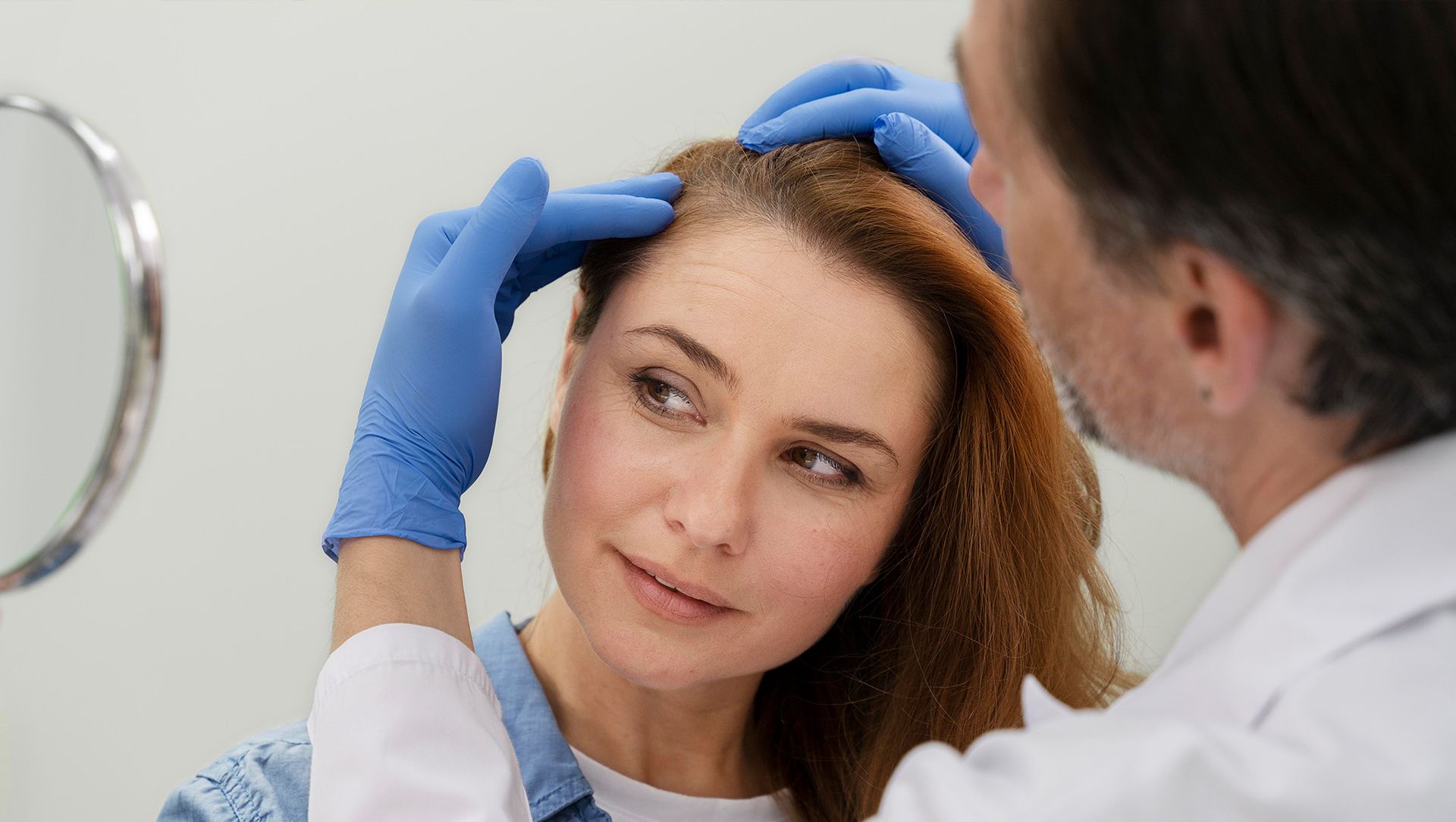



Getting a hair transplant can give you some of the best results when it comes to hair loss. Not only does it restore your hair thickness but it also promotes healthier growth.
However, you should be wary of the side effects before you consider getting the procedure. This way, you can set proper expectations and know when anything’s out of the ordinary.
So, what are the common female hair transplant side effects? Here’s an overview of them and a few quick solutions to reduce their impacts.
Numbness
Before you get the transplant, your surgeon will give you a local anesthetic to reduce discomfort during the process. So, you will experience temporary relief and numbness until the procedure is complete.
The numbness lasts only until the anesthetic starts to wear off. If it lasts longer than usual, which is about a day, it’s best to consult a doctor.
When you get surgery, it’s common to experience itchiness since it’s your body’s natural response to healing. But after a hair transplant, giving in to the itch can cause damage to your hair follicles, especially because they are more fragile than usual.
Because of this, it’s crucial to keep yourself from scratching your scalp, especially in the area of the surgery. Moreover, you should be gentle when touching it.
Usually, it takes implanted hair follicles four to twelve days after the transplant to secure themselves on your scalp. You can get medication to reduce the urge or consult a professional if it persists or worsens.
One of the most common side effects of a hair transplant is swelling. You may experience this as your skin heals, especially in the head and facial areas.
You can address this by carefully applying a compress to the affected area or by taking medication to reduce the inflammation.
Keep in mind that this sensation is normal but temporary. If it continues beyond two weeks, you may want to consult your doctor about it.
You will likely experience scarring after the hair transplant regardless of what type of surgery you choose. It’s mainly because of the nature of the procedure, requiring your surgeon to make incisions to collect hair follicles and implant them.
Generally, you might notice more scars after FUT since it requires taking a part of your scalp to harvest grafts. On the other hand, FUE scars are less noticeable because of the method used to gather hair follicles.
You can expect these to heal on their own over time. Most suggest letting them take their time while avoiding any sudden pressure or force. Moreover, you can consider different ways to
conceal your scars if it takes longer than you expect.
Light bruising can occur after the operation if your scalp is more sensitive than others. It can also be a result of the force applied when harvesting the grafts or making incisions.
Some rare forms of bruising caused by a hair transplant occur around the forehead, cheeks, and eyes. Although these are often temporary, it’s best to get examined by a professional to ensure it doesn’t come from complications.
Your doctor will likely prescribe you medication to reduce any discomfort during recovery and to make sure the bruises don’t worsen over time.
Most people might find it alarming if they notice bleeding after surgery. But for hair transplants, it’s a common side effect, lasting up to two weeks post-procedure.
Keep in mind that your surgeon gathers the hair follicles and implants them by making incisions in your scalp. You want to choose a clinic or professional that specializes in hair restoration procedures for the best results, including less bleeding.
Even so, there are instances when the transplanted hair dislodges due to different factors. As a result, it can trigger bleeding in the surgical area.
It’s vital to refrain from exercising or participating in physically strenuous activities a few days after the transplant. Additionally, you should avoid picking on your scalp, even if it itches or forms several scabs.
Compared to other side effects, bleeding can lead to other complications if you fail to follow the proper guidelines. Some doctors will also provide you with a prescription to control the amount of bleeding you experience.
You can easily get an infection when you have open wounds around your scalp. A quick instance where this may occur is when you pick on a scab instead of having it fall off on its own.
Doing so can reopen your wound, allowing bacteria and dirt to pass through and later lead to an infection. In most cases, it results in
folliculitis or a skin condition caused by infected or inflamed hair follicles.
You can prevent infections by following the proper aftercare instructions provided by your doctor. As early as dealing with scabs, you can consider using moisturizers to decrease their chances of forming while promoting healing. On the other hand, if it’s too late, you may need topical antibiotic treatments to aid the infection.
Some people experience more hair loss before the surgery, but it’s also possible to encounter it after your procedure. In this case, it’s referred to as shock loss.
It occurs when the hair cycle is interrupted or the patient is worrying about the outcomes. While it’s one of the psychological female hair transplant side effects, it can still lead to physical damage.
Note that there is no exact cure for shock loss, so most people recommend you stay calm about the procedure, no matter what the results.
If your scalp has trouble healing from the trauma or impact, your scalp will loosen. So, it could cause your hair to fall out further.
Learning about the common female hair transplant side effects is crucial before you make your decision. It gives you a background of what to expect during the process and helps you determine when to consult a doctor. So, you can ensure the best outcomes while ensuring everything is in place!



Ready to love your hair? Call 312.883.9617 for a FREE quote & consultation or fill out the form below
OUR LOCATION
213 N. Stetson Ave
Chicago, IL 60601
HOURS
Copyright ©2025 Dr. Yates Hair Science | All Rights Reserved
Powered by HEAVY LEVITY